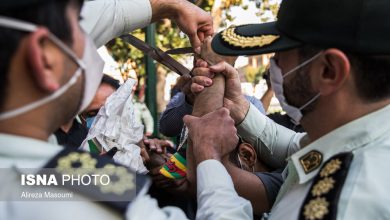
Ali Sajjadi Jalali stated: This sighting as a record is the result of the constant presence and round-the-clock monitoring of the Hawr al-Azim Reserve Area Unit. In the census, 367 flamingos were nesting, laying eggs, and raising chicks in five colonies.
The official at the Great Hurul Wetland Reserve continued: So far, no hatching of this species has been reported in the Great Hurul Wetland. The swamps of Great Hurul are considered one of the most important bird habitats in the Middle East and the world, where there are unique species such as cormorants, marjordans, giant herons, African parrots, marbled ducks, white-headed ducks, long-tailed ducks and many other species. Species of waterfowl and water-side birds live in it and have a special significance in the world.
The 300,000-plus-hectare Hurul Azim frontier wetland is another surviving Mesopotamian wetland, one-third of it located in Iran and two-thirds of it in Iraq.
This unique habitat is located in the southwest of the country in Khuzestan, at the end of the Karkhi River.
The Iranian part of Great Hor with an area of 125,000 hectares is surrounded by Shazaba from the north, Talaia from the south, Bakri road from the east, and the border dam from the west.
The roads that were built during and after the war also divided Great Hur into five basins (reservoirs), forming basins 1 and 2 in the northern part and basins 3, 4 and 5 in the southern part of Hur.












